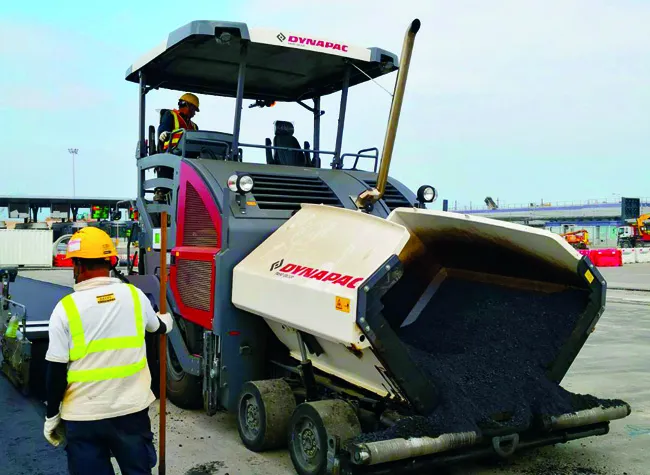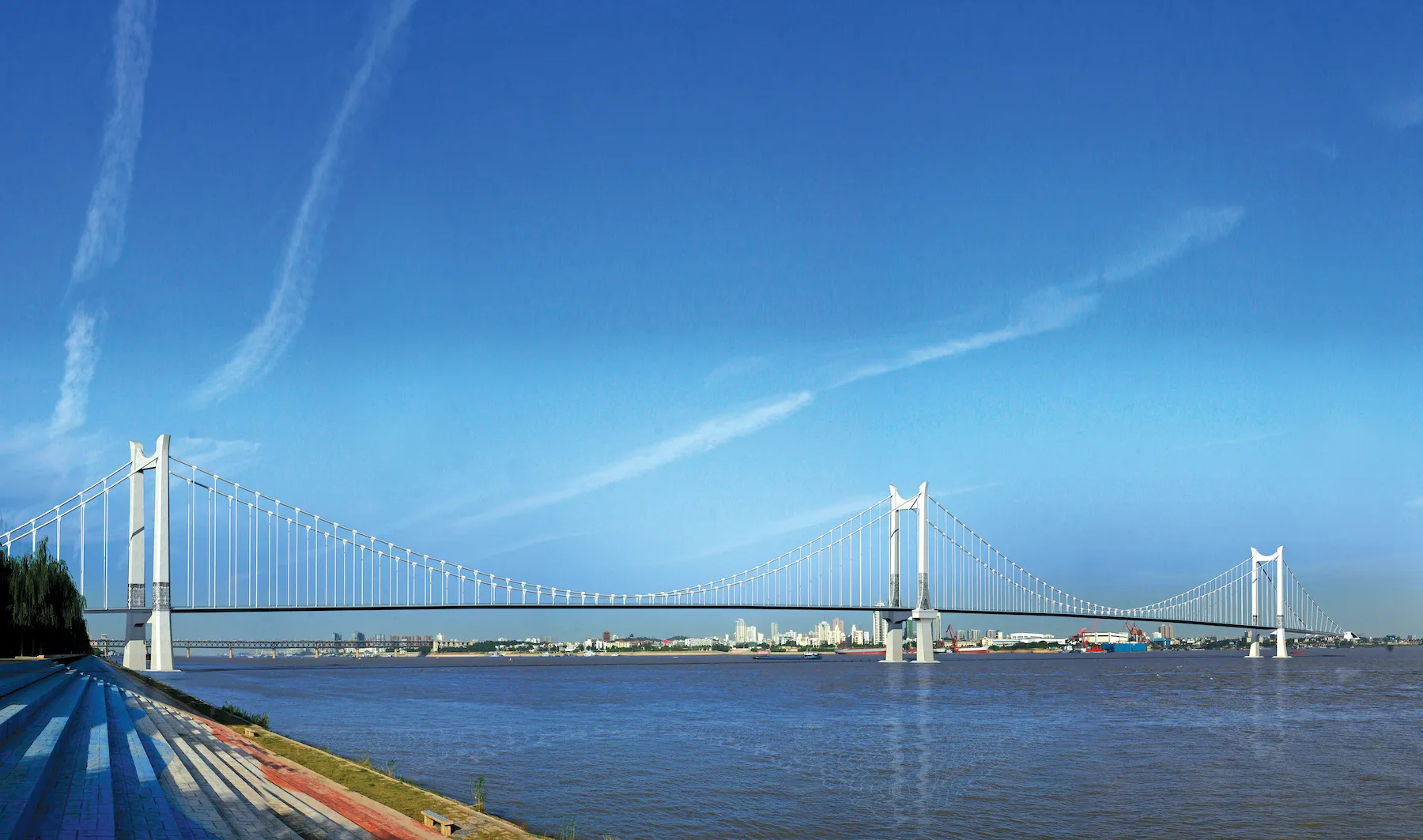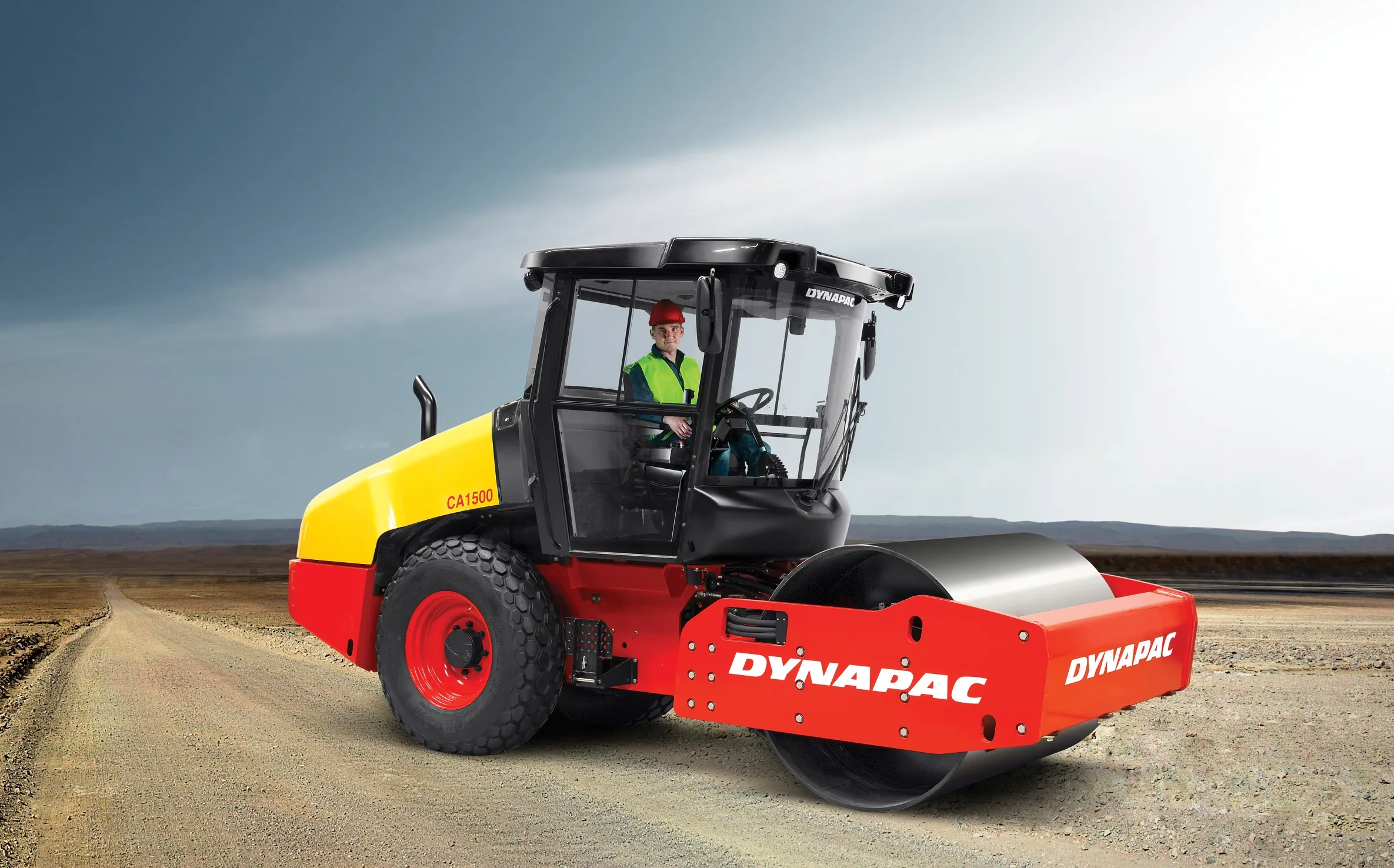
The HKBCF is intended as a clearance facility for vehicles that either leave or enter Hong Kong across the new Hong Kong-Zhuhai-Macao Bridge (HZMB).
In addition, the HKBCF is intended to operate as a strategic multi-modal transportation hub located on the west of Hong Kong. Construction of the HKBCF has involved reclaiming some 130ha of land from the water to the North East of Hong Kong International Airport. The project has also included erecting buildings and various transport facilities.
Costing some USxx billion (HK$35.9 billion) the work has required the use of an extensive range of machines. Road construction equipment has been provided by equipment supplier Realtech, which delivered a number of
Dynapac compactors such as the CA2500 and CC4200VI. In all Realtech has being providing support for the 15 Dynapac units employed on the project.








